New research finds remarkable similarities in steroid hormone biology across cephalopods, mice, and humans that can have dire consequences when disrupted.
For all their uncanny intelligence and seemingly supernatural abilities to change color and regenerate limbs, octopuses often suffer a tragic death. After a mother octopus lays a clutch of eggs, she quits eating and wastes away; by the time the eggs hatch, she is dead.
Some females in captivity even seem to speed up this process intentionally, mutilating themselves and twisting their arms into a tangled mess.The source of this bizarre maternal behavior seems to be the
optic gland, an organ similar to the pituitary gland in mammals. For years, just how this gland triggered the gruesome death spiral was unclear, but a
new study by researchers from the University of Chicago, the University of Washington, and the University of Illinois Chicago (UIC) shows that the optic gland in maternal octopuses undergoes a massive shift in
cholesterol metabolism, resulting in dramatic changes in the steroid hormones produced. Alterations in cholesterol metabolism in other animals, including humans, can have serious consequences on longevity and behavior, and the study's authors believe this reveals important similarities in the functions of these steroids across the animal kingdom, in soft-bodied cephalopods and vertebrates alike.
"We know cholesterol is important from a dietary perspective, and within different signaling systems in the body too," said
Z. Yan Wang, PhD, Assistant Professor of Psychology and Biology at the University of Washington and lead author of the study. "It's involved in everything from the flexibility of cell membranes to production of stress hormones, but it was a big surprise to see it play a part in this life cycle process as well."
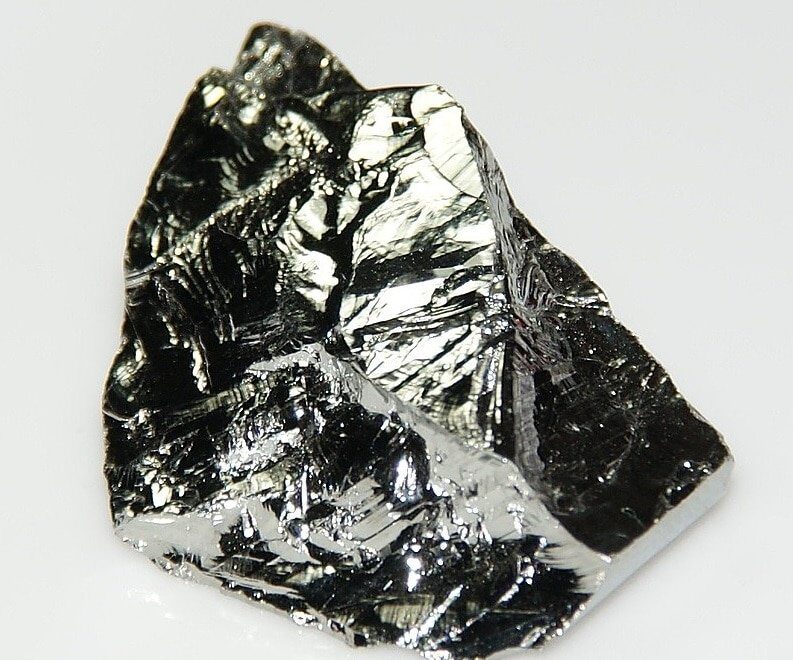
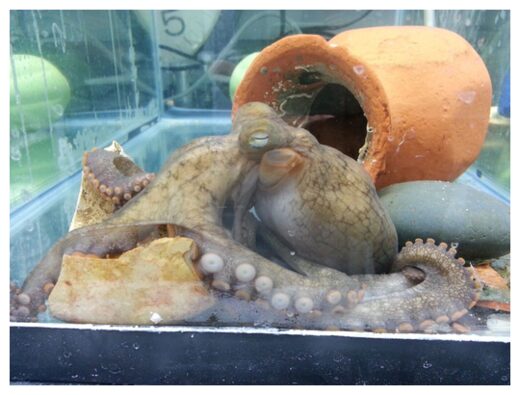

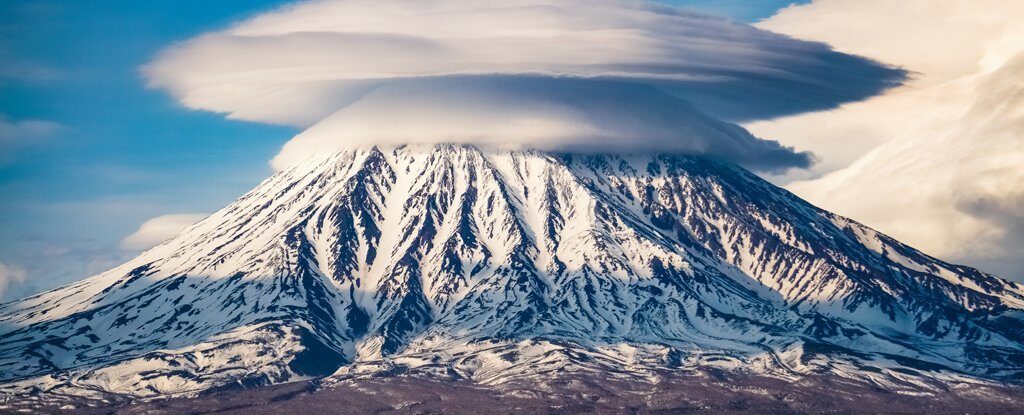
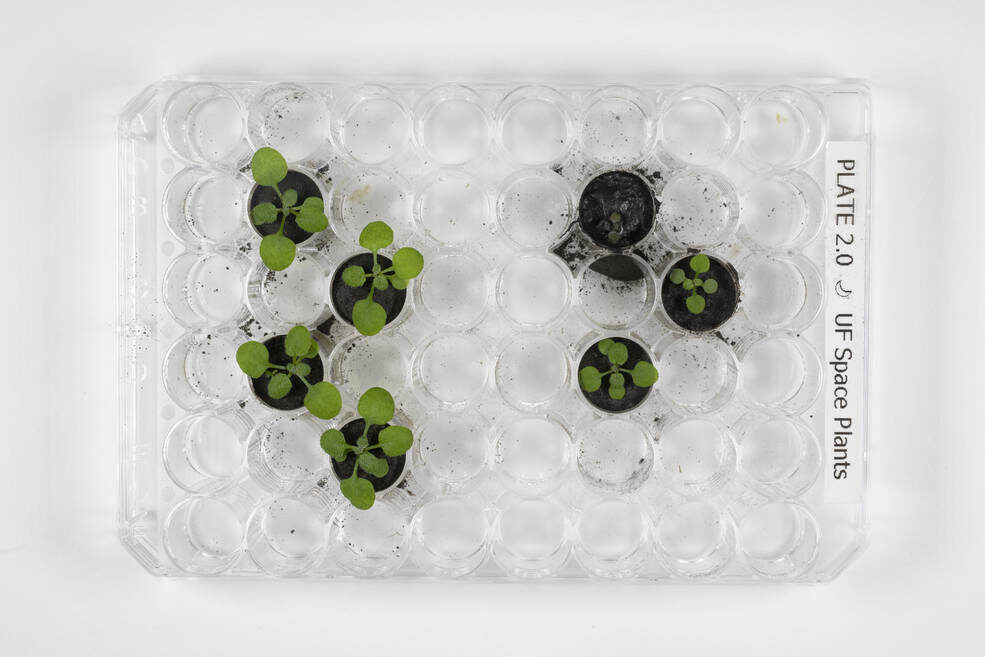
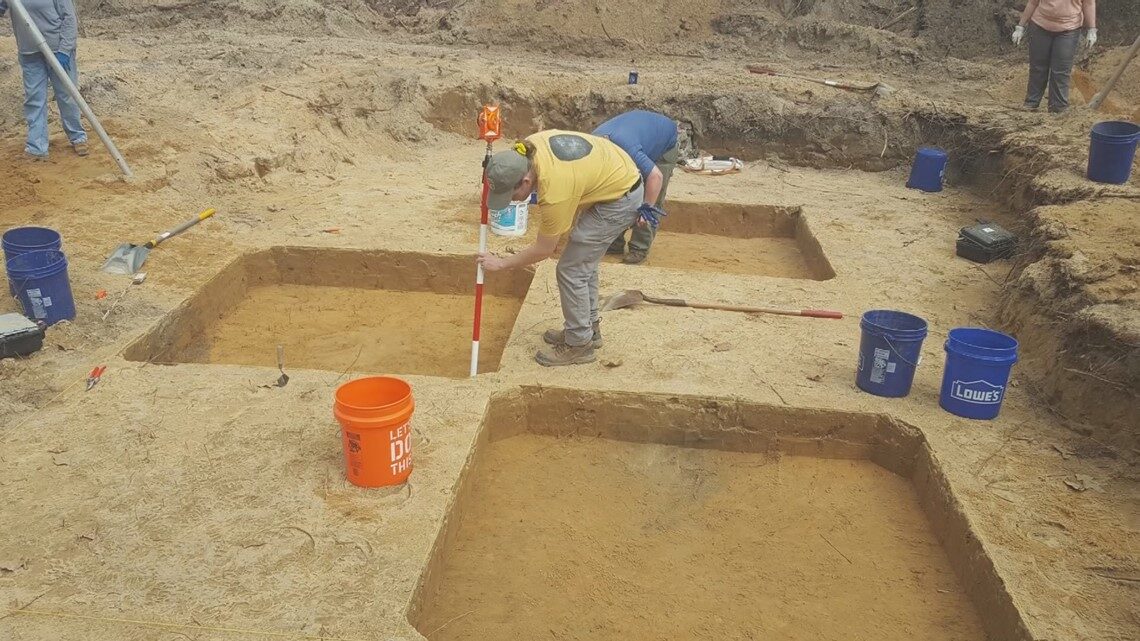
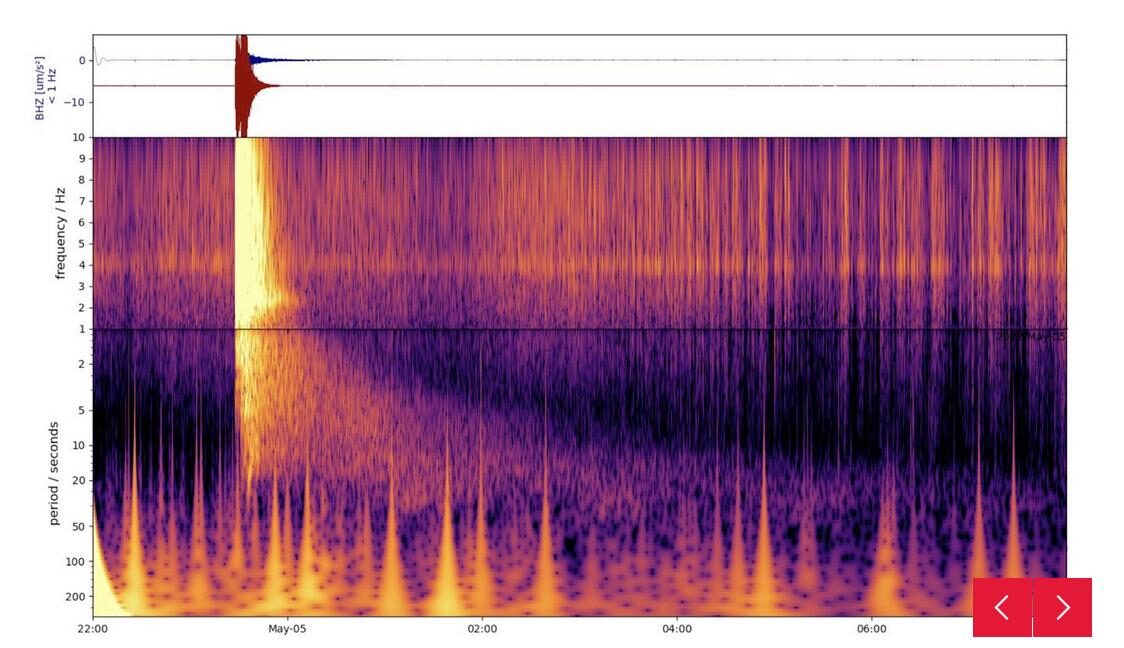
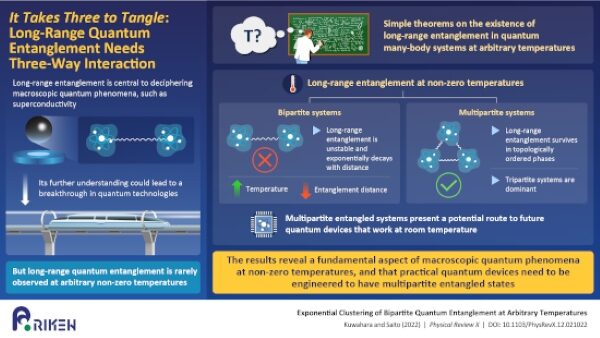

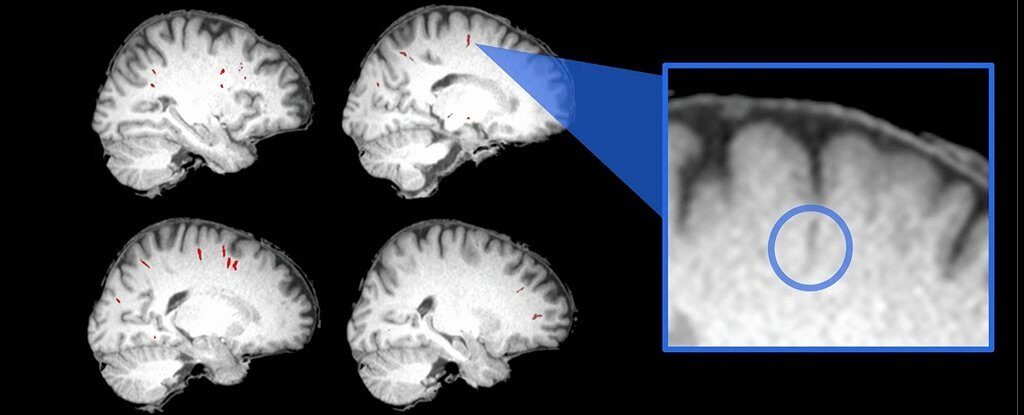



Comment: See also: